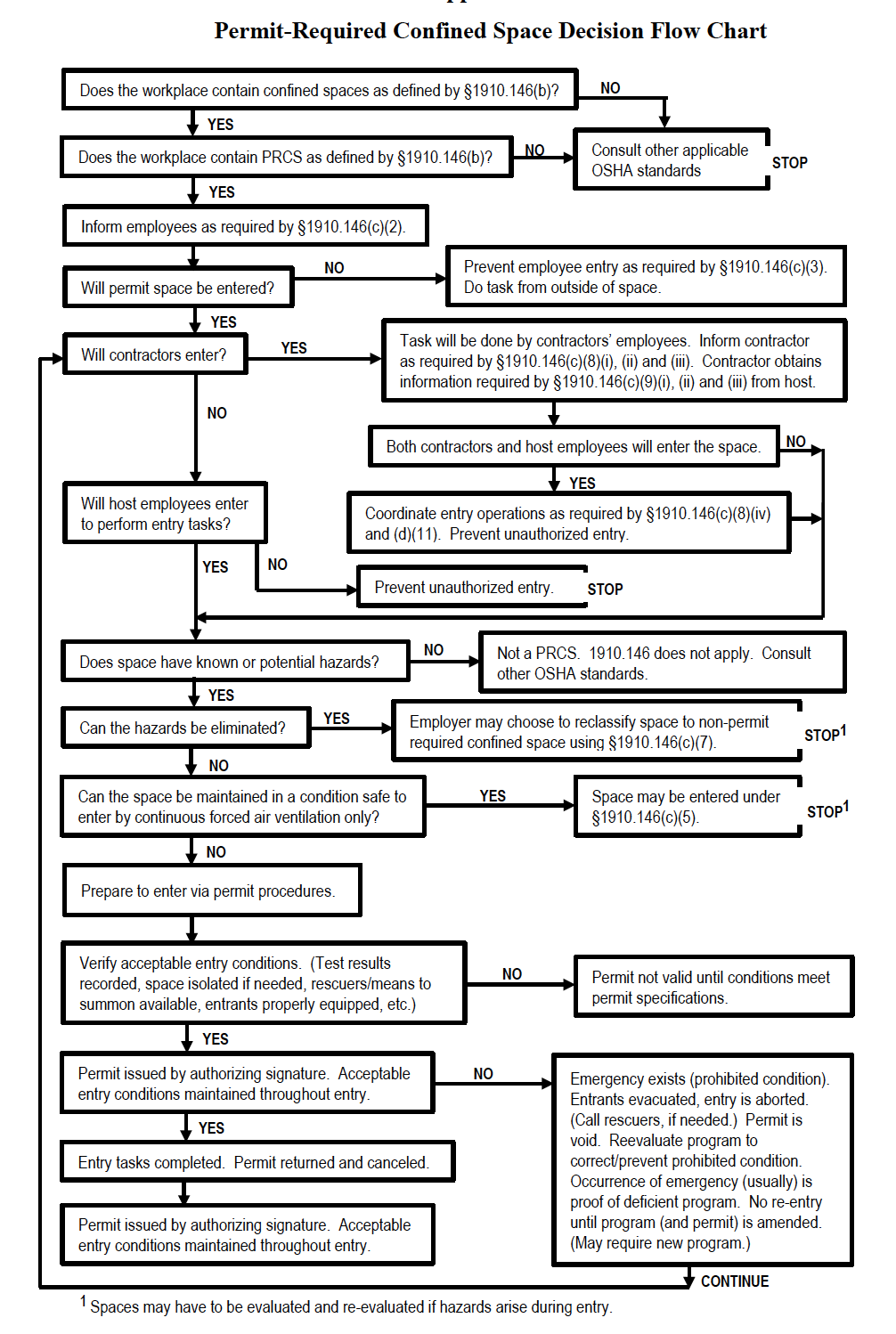In 2014, Part XI – Confined Spaces was identified as a priority for review by the Labour Program’s Occupational Health and Safety Advisory Committee (OHSAC). The OHSAC made up of representatives from the Labour Program and employee and employer groups, conducted an in-depth review of Part XI between 2014 and 2017.
The proposed changes are actually more in-line with OSHA’s 1910.146 and 1926.1201-.1213 standards.
Some of the more notable revisions include:
- add a new sub-type of confined spaces: hazardous confined spaces
- require the employer to perform an assessment of the work area to identify all confined spaces
- establish and maintain a record of confined spaces, which would be accessible to those entering those spaces;
- appoint a qualified person to determine whether the confined space is a hazardous confined space; and
- maintain records of all employees who received instruction and training on emergency procedures and obligations when working in confined spaces
- require that confined spaces be reinspected when-ever there is a change to the structure, the intended use, or the immediate surrounding area
- align with requirements in other jurisdictions in Canada by increasing the minimum level of oxygen in the air in a confined space to 19.5%, up from 18%;
- add the requirement for the employer to develop emergency procedures for all hazardous confined spaces, in collaboration with the policy committee, the workplace committee, or the health and safety representative;
- add the requirement for continuous atmospheric monitoring when it is noted in the hazard assessment report created by the qualified person. It would also require that atmospheric testing equipment be used by a qualified person, and be used, calibrated and maintained in accordance with the manufacturer’s specifications; and
- expand the employer’s obligation towards those granted access to hazardous confined spaces to include contractors, and require employers to share their procedures with them. Employers would also be required to ensure that all persons allowed access to hazardous confined spaces, including contractors, have received training on safely working in and occupying the hazardous confined space.
- Once a space has been determined to be a confined space, a qualified person, defined as a person who, because of their knowledge, training and experience, is qualified to perform that duty safely and properly, would then be required to evaluate each identified confined space for the existence of potential hazards and risks, and would establish appropriate safe work procedures for hazardous confined spaces.
- The qualified person would then be required to divide the spaces into the two groups: non-hazardous and hazardous
- Hazardous confined spaces would include physical restrictions, with the added risk due to a hazard, such as hazardous substances or oxygen-deficient atmospheres.

